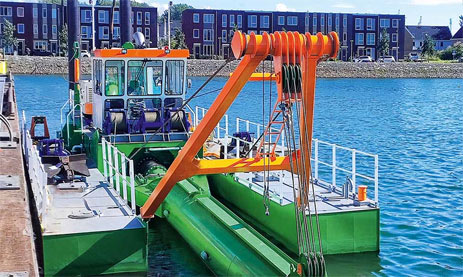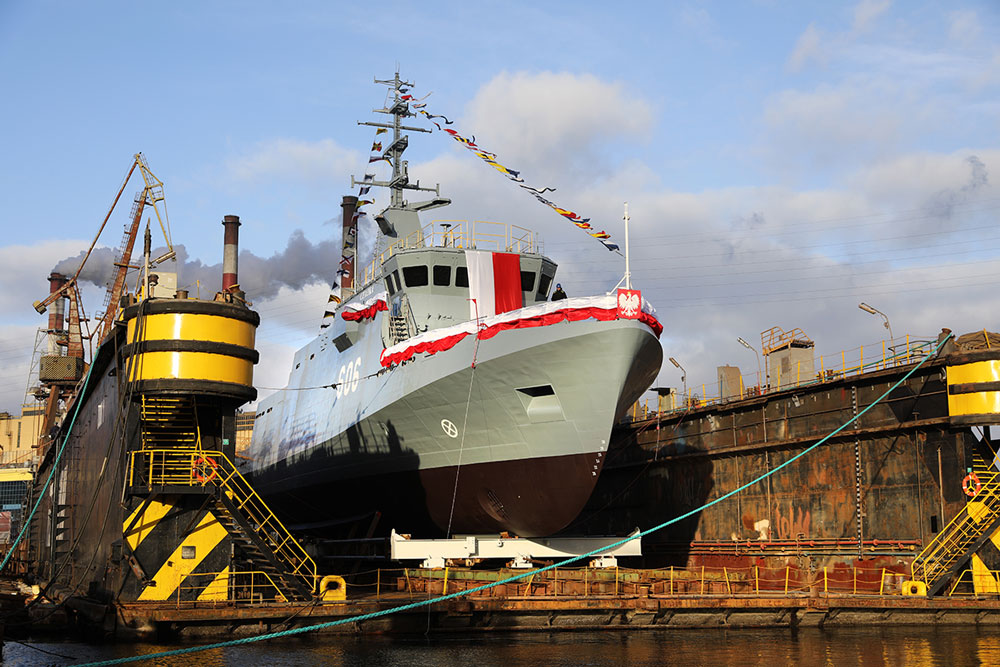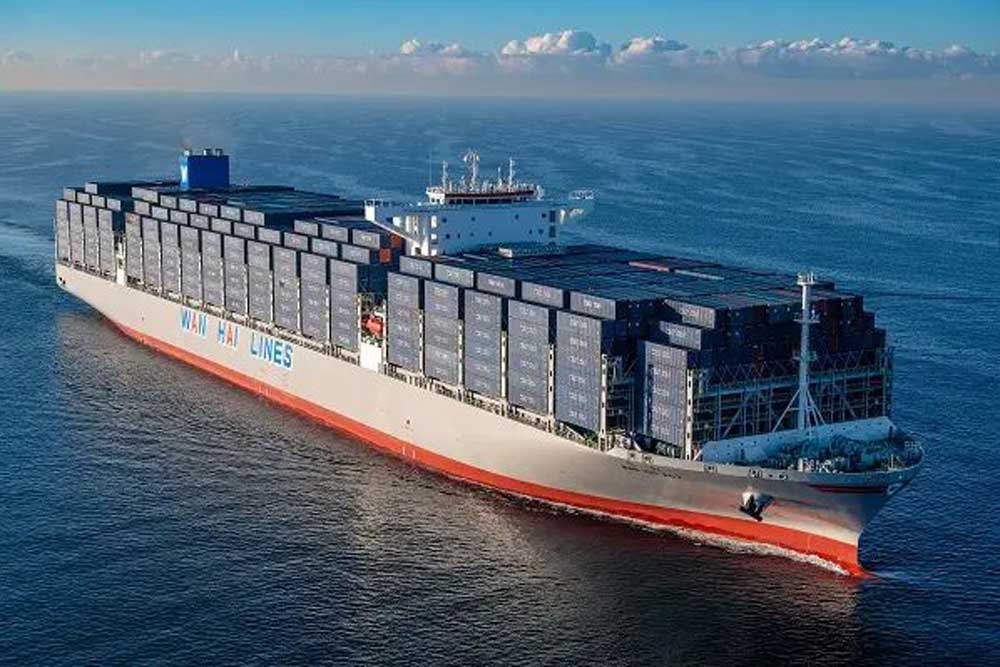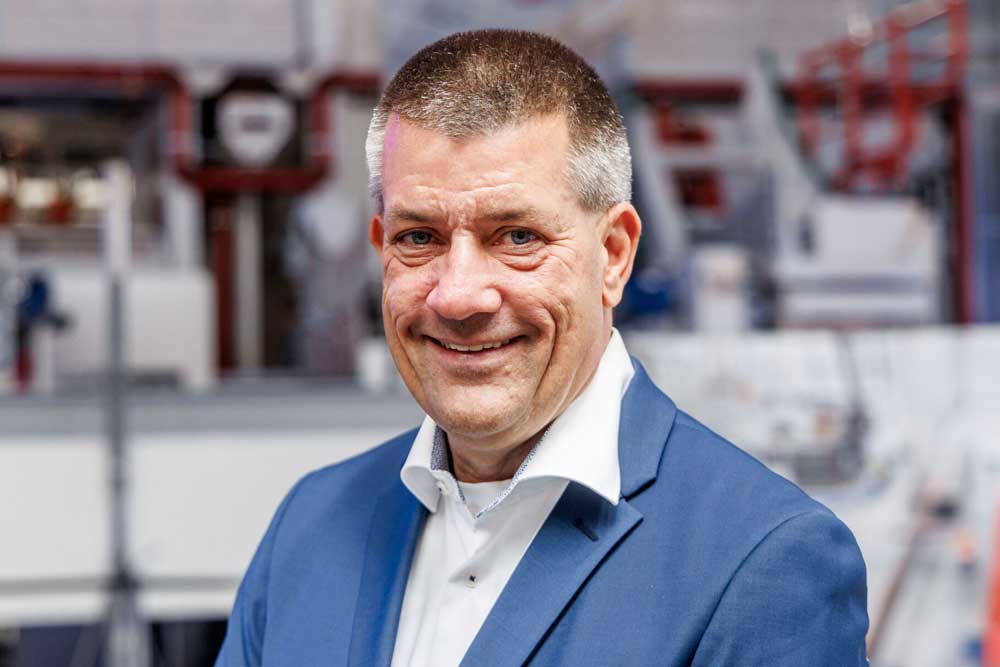Ship manager Wallenius Marine and maritime design firm Knud E. Hansen have presented the “Sleipner” concept. The vessel is intended to be compact while offering high capacity
The design is based on the PCTC “Sleipner” concept and incorporates operating data from the “Future Way” and “Way Forward” ships. Despite its length of just 170 m, the RoRo ship is to offer a high loading capacity of 2,720 loading meters – the equivalent of 181 trailers.
The upstream positioning of the engine room is intended to enable fast loading and unloading via a continuous stern ramp and the main deck. The ships in the planned hybrid series will be powered by a dual-fuel electric drive (LNG, LBG, MGO and biodiesel are planned as fuels). A 360° steering system with Azipods will ensure the maneuverability of the ship and enable port operations even in the tightest of spaces. The energy consumption and emissions of the ship concept are to be significantly reduced, among other things through the possible installation of sails, the use of shore power as well as batteries and fuel cells.
“The RoRo segment in short sea shipping plays a key role in the transition to more sustainable transportation, especially by shifting cargo from land to sea,” says Urban Lishajko, Head of Ship Design at Wallenius Marine. “At the same time, the industry is facing a generational shift that will require new tonnages to meet capacity needs, as well as stricter efficiency and emission standards. Together with Knud E. Hansen, we have developed a concept that harmonizes capacity, operational efficiency and environmental sustainability.”
With the launch of the “Sleipner” RoRo, the two companies aim to underpin their roles as “drivers of truly sustainable shipping”, according to a statement.
“Our combined experience in operating, building and designing various RoRo concepts allows us to build on proven solutions and create something new,” adds Lishaijko. “Our strength lies in finding the best combination of design and technology for the specific mission of each vessel, with the aim of continuously reducing emissions and environmental impact.”














